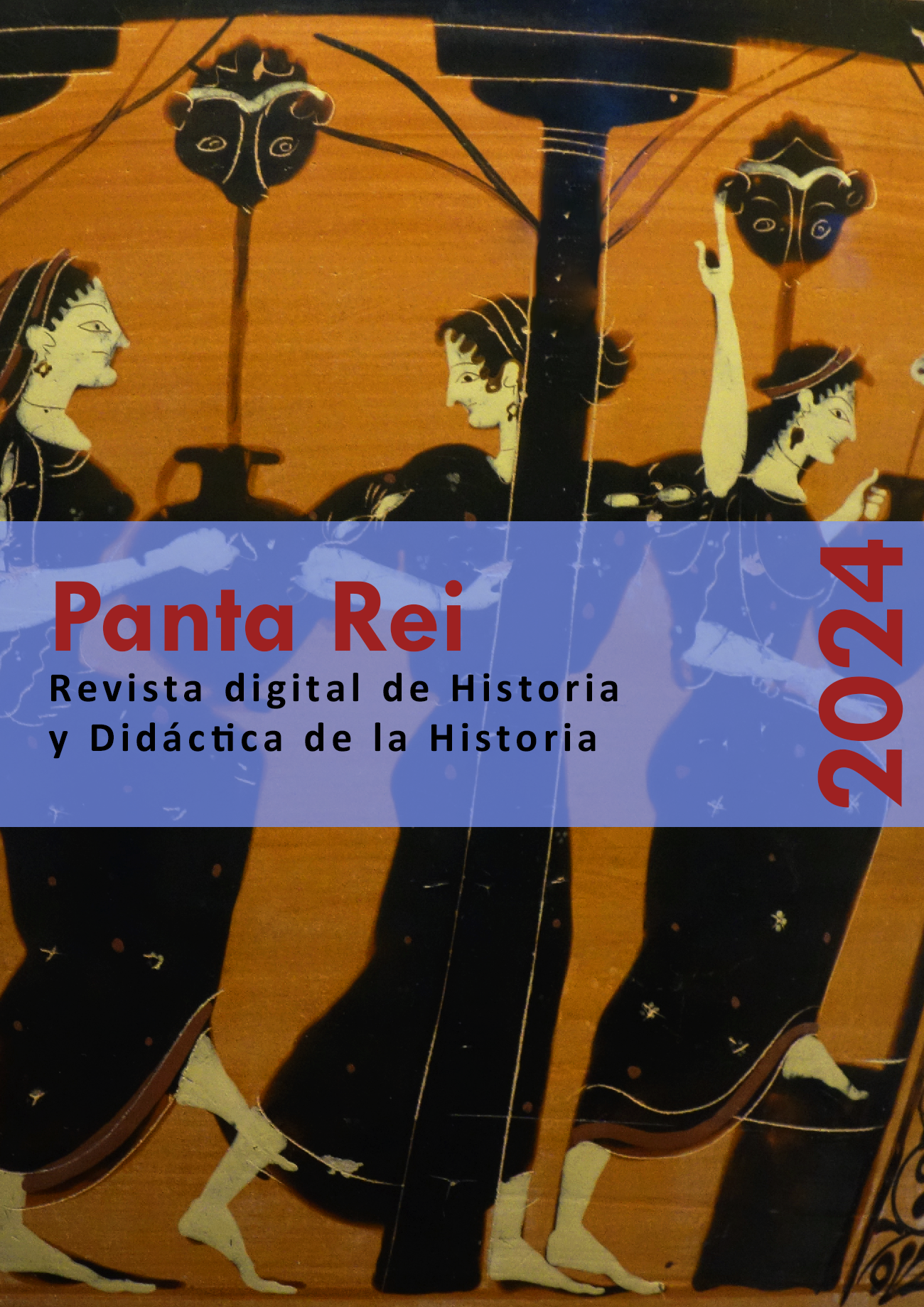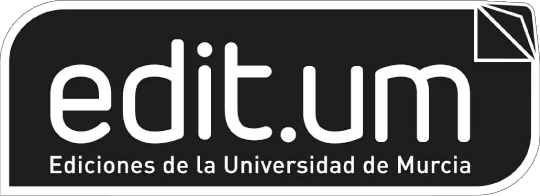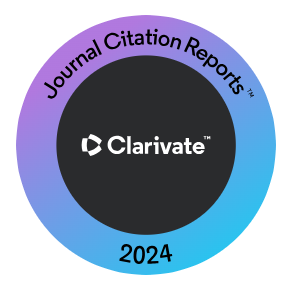Instrucción diferenciada en la enseñanza de la Historia. Un análisis específico del porqué y el cómo
Resumen
La instrucción diferenciada es un enfoque de la enseñanza en el que los maestros responden de manera proactiva a las necesidades y preferencias de los estudiantes en su aula. Este estudio busca aumentar la comprensión que utilizan los profesores de historia en formación del diseño instruccional para atender la heterogeneidad en el aula. Se basa en los planes de estudio de los profesores de historia en formación. Se recopilaron datos sobre la implementación real de prácticas de enseñanza diferenciadas por parte de los docentes en formación sobre la base de planes de clase diseñados de forma natural y con propósito. Tres tipos de heterogeneidad, descritos por Tomlinson, se refinaron aún más para el dominio de la enseñanza de la historia. Se encontraron tres tipos de estrategias instruccionales para atender a la heterogeneidad en la enseñanza de la historia: el aprendizaje colaborativo, los enfoques escalonados, la orientación y el andamiaje. Se concluye que los profesores de prehistoria logran diseñar lecciones de historia en las que se realizan adaptaciones instruccionales para atender a la heterogeneidad, pero que a menudo no se puede encontrar un vínculo sistemático entre la evaluación de la heterogeneidad y el diseño instruccional.
Descargas
-
Resumen611
-
PDF 329
-
EPUB 79
Citas
Akkerman, S., Admiraal, W., Brekelmans, M., & Oost, H. (2008). Auditing quality of research in social sciences. Quality & Quantity, 42(2), 257-274. https://doi.org/10.1007/s11135-006-9044-4
Albrecht, S. F., Mathur, S. R., Jones, R. E., & Alazemi, S. (2015, A school-wide three-tiered program of social skills intervention: Results of a three-year cohort study., 565. http://search.ebscohost.com/login.aspx?direct=true&db=edsgao&AN=edsgcl.434514869&site=eds-live&scope=site
Banks, J. (2016). Cultural diversity and education: Foundations, curriculum, and teaching (6th ed.). Routledge.
Barsch, S., Degner, B., Kühberger, C., & Martin, L. (2020). Handbuch diversitat im geschichtsunterricht. inklusive geschichtsdidactik. Wochenshau Verlag.
Biglan, A. (1973). The characteristics of subject matter in different academic areas. Journal of Applied Psychology, 57, 195–203.
Black, P., & Wiliam, D. (2009). Developing the theory of formative assessment. Educational Assessment Evaluation and Accountability, 21(1), 5-31. https://doi.org/10.1007/s11092-008-9068-5
Britt, M. A., & Aglinskas, C. (2002). Improving students' ability to identify and use source information. Cognition and Instruction, 20(4), 485-522. https://doi.org/10.1207/S1532690XCI2004_2
Cuban, L. (2012). Standards vs. customization: Finding the balance. Educational Leadership, 69(5), 10-15. http://search.ebscohost.com/login.aspx?direct=true&db=a9h&AN=71100795&site=eds-live&scope=site
de Kleijn, R., & Van Leeuwen, A. (2018). Reflections and review on the audit procedure. International Journal of Qualitative Methods, 17(1), 1609406918763214. https://doi.org/10.1177/1609406918763214
Dick, W., & Carey, L. (1996). The systematic design of instruction (4th ed. ed.). Harper.
Dweck, C. S. (2015). Growth mindet. British Journal of Educational Psychology, 85(2), 242-245. https://doi.org/10.1111/bjep.12072
Ehren, B. J., & Nelson, N. W. (2005). The responsiveness to intervention approach and language impairment. Topics in Language Disorders, 25(2), 120-131.
Elo, S., Maria Kääriäinen, Kanste, O., Tarja Pölkki, Utriainen, K., & Helvi Kyngäs. (2014). Qualitative content analysis. SAGE Open, 4(1), 2158244014522633. https://doi.org/10.1177/2158244014522633
Gaitas, S., & Martins, M. A. (2017). Teacher perceived difficulty in implementing differentiated instructional strategies in primary school. International Journal of Inclusive Education, 21(5), 544-556. https://doi.org/10.1080/13603116.2016.1223180
Hall, T., Strangman, N., & Meyer, A. (2006). Differentiated instruction and implications for UDL implementation. National Center on Accessing the General Curriculum.
Huijgen, T., van Boxtel, C., van de Grift, W., & Holthuis, P. (2017). Toward historical perspective taking: Students’ reasoning when contextualizing the actions of people in the past. Theory & Research in Social Education, 45(1), 110-144. https://doi.org/10.1080/00933104.2016.1208597
Hyry-Beihammer, E., & Hascher, T. (2015). Multi-grade teaching practices in austrian and finnish primary schools. International Journal of Educational Research, 74, 104-113. https://doi.org/10.1016/j.ijer.2015.07.002
Johnson, D., & Johnson, R. (2014). Cooperative learning in 21st century / aprendizaje cooperativo en el siglo XXI. Anales De Psicología, (3), 841. https://doi.org/10.6018/analesps.30.3.201241
Kawamura, N. O. (2023). History education and historical thinking in multicultural contexts: A canadian perspective. In H. M. H. Ting, & L. Cajani (Eds.), Negotiating ethnic diversity and national identity in history education: International and comparative perspectives (pp. 149-172). Springer International Publishing. https://doi.org/10.1007/978-3-031-12535-5_7
Kirschner, P. A., & van Merrienboer, J. J. G. (2013). Do learners really know best? urban legends in education. Educational Psychologist, 48(3), 169-183. https://doi.org/10.1080/00461520.2013.804395
Körber, A. (2021). Historical consciousness, knowledge, and competencies of historical thinking: An integrated model of historical thinking and curricular implications.8, 97-119. https://doi.org/10.52289/hej8.107
Kropman, M., van Drie, J., & van Boxtel, C. (2019). Multiperspectivity in the history classroom: The role of narrative and metaphor. In M. Hanne, & A. A. Kaal (Eds.), Narrative and metaphor in education: Look both ways (pp. 63-75). Routledge. https://doi.org/10.4324/9780429459191-5
Lozano Parra, S. (2022). The school as a playground for educational friction: Understanding democracy in dutch secondary education Available from The School as a Playground for Educational Friction: Understanding Democracy in Dutch Secondary Educationhttps://doi.org/10.33540/1365
Miles, M. B., & Huberman, A. M. (1994). Qualitative data analysis: An expanded sourcebook. sage.
Nitsche, M., Mathis, C., & O’Neill, D. K. (2022). Epistemic cognition in history education. Historical Encounters, 9(1), 1-10. https://doi.org/10.52289/hej9.101
Noda, W., & Tanaka-Matsumi, J. (2014). Application of a three-tiered instruction model for japanese second-grade students to improve accuracy and fluency of multiplication facts. [Application of a Three-Tiered Instruction Model for Japanese Second-Grade Students to Improve Accuracy and Fluency of Multiplication Facts] Journal of Special Education Research, 2(2), 71-79. https://doi.org/10.6033/specialeducation.2.71
Noltemeyer, A., Laurice, J., & Kunesh, C. (2013). Effect of supplemental small group phonics instruction on kindergartners' word recognition performance. Reading Improvement, 50(3), 121-131.
Pashler, H., McDaniel, M., Rohrer, D., & Bjork, R. (2008). Learning styles: Concepts and evidence. Psychological Science in the Public Interest, 9(3), 105-119. https://doi.org/10.1111/j.1539-6053.2009.01038.x
Portnoy, L. B., & Rabinowitz, M. (2014). What's in a domain: Understanding how students approach questioning in history and science. Educational Research and Evaluation, 20(2), 122-145. https://doi.org/10.1080/13803611.2014.885844
Roy, A., Guay, F., & Valois, P. (2013). Teaching to address diverse learning needs: Development and validation of a differentiated instruction scale. International Journal of Inclusive Education, 17(11), 1186-1204. https://doi.org/10.1080/13603116.2012.743604
Shanahan, T., & Shanahan, C. (2008). Teaching disciplinary literacy to adolescents: Rethinking content-area literacy. Harvard Educational Review, 78(1), 40-59. https://doi.org/10.17763/haer.78.1.v62444321p602101
Shapiro, A. M. (1999). The relationship between prior knowledge and interactive overviews during hypermedia-aided learning. Journal of Educational Computing Research, 20(2), 143-167. https://doi.org/10.2190/bcku-f3ac-cnpw-m44e
Slavin, R. E. (1989). Comprehensive cooperative learning models for heterogeneous classrooms. The Pointer, 33(2), 12-20. https://doi.org/10.1080/05544246.1989.9945371
Smets, W., Bollen, S., Vercauteren, L., & Van Boxtel, C. (2021). Historisch leren denken: Een lesson study-cyclus over doelgerichtheid bij student-leraren geschiedenis. Tijdschrift Voor Lerarenopleiders, 42(2), 78-90.
Smets, W., De Neve, D., & Struyven, K. (2020). Responding to students’ learning needs: How secondary education teachers learn to implement differentiated instruction. Educational Action Research, , 1-18. https://doi.org/10.1080/09650792.2020.1848604
Smets, W., & Struyven, K. (2018). Aligning with complexity: System-theoretical principles for research on differentiated instruction. Frontline Learning Research, 6(2), 66-80. https://doi.org/10.14786/flr.v6i2.340
Steel, C., & Aronson, J. (1995). Stereotype threat and the intellectual test performance of african americans. Journal of Personality and Social Psychology, 69(5), 797-811.
Suprayogi, M. N., Valcke, M., & Godwin, R. (2017). Teachers and their implementation of differentiated instruction in the classroom. Teaching and Teacher Education, 67, 291-301. https://doi.org/10.1016/j.tate.2017.06.020
Tomlinson, C. (2001). Differentiationg instruction in mixed-ability classrooms (2nd ed.). Association for Supervision and Curriculum Development.
Tomlinson, C., Brighton, C., Hertberg, H., Callahan, C., Moon, T., Brimijoin, K., Conover, L., & Reynolds, T. (2003). Differentiating instruction in response to student readiness, interest, and learning profile in academically diverse classrooms: A review of literature. Journal for the Education of the Gifted, 27(2-3), 119-145. http://search.ebscohost.com/login.aspx?direct=true&db=eric&AN=EJ787917&site=ehost-live
Tomlinson, C., & Imbeau, M. (2023). Leading and managing a differentiated classroom (2nd ed.). Association for Supervision and Curriculum Development.
Tuithof, H., Logtenberg, A., van Drie, J., Bronkhorst, L. H., Dorsman, L. J., & van Tartwijk, J. W. F. (2019). What do we know about the pedagogical content knowledge of history teachers? : A review of empirical research. Historical Encounters: A Journal of Historical Counsciousness, Historical Cultures, and Historical Education, (6), 72-95.
van der Eem, M., van Drie, J., Brand-Gruwel, S., & van Boxtel, C. (2022). Students’ evaluation of the trustworthiness of historical sources: Procedural knowledge and task value as predictors of student performance. The Journal of Social Studies Research, https://doi.org/10.1016/j.jssr.2022.05.003
Wallerstedt, C., & Pramling, N. (2016). Responsive teaching, informal learning and cultural tools in year nine ensemble practice: A lost opportunity. Instructional Science, (4), 379. https://doi.org/10.1007/s11251-016-9379-8
Wansink, B., Akkerman, S., Zuiker, I., & Wubbels, T. (2018a). Where does teaching multiperspectivity in history education begin and end? an analysis of the uses of temporality. Theory & Research in Social Education, 46(4), 495-527. https://doi.org/10.1080/00933104.2018.1480439
Wansink, B., Akkerman, S., Zuiker, I., & Wubbels, T. (2018b). Where does teaching multiperspectivity in history education begin and end? an analysis of the uses of temporality. Theory & Research in Social Education, 46(4), 495-527. https://doi.org/10.1080/00933104.2018.1480439
Wineburg, S., Martin, D., & Monte-Sano, C. (2013). Reading like a historian. teaching literacy in middle and high school history classrooms. Teachers college press.
Derechos de autor 2024 Wouter Smets

Esta obra está bajo una licencia internacional Creative Commons Atribución-CompartirIgual 4.0.
Todos los contenidos publicados en nuestra revista están sujetos a una licencia Atribución 4.0 Internacional (CC BY-SA 4.0) de Creative Commons. Usted es libre de compartir (copiar y redistribuir el material en cualquier medio o formato) y adaptar (remezclar, transformar y crear a partir del material para cualquier finalidad, incluso comercial), bajo los siguientes términos:
Reconocimiento: Debe reconocer adecuadamente la autoría, proporcionar un enlace a la licencia e indicar si se han realizado cambios. Puede hacerlo de cualquier manera razonable, pero no de una manera que sugiera que tiene el apoyo del licenciador o lo recibe por el uso que hace.
CompartirIgual: Si remezcla, transforma o crea a partir del material, deberá difundir sus contribuciones bajo la misma licencia que el original.
El texto completo de la licencia se puede consultar en: Licencia Creative Commons













